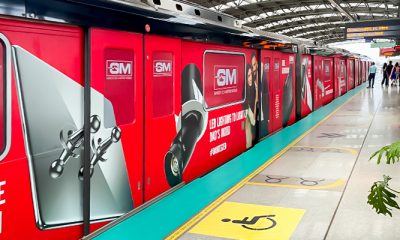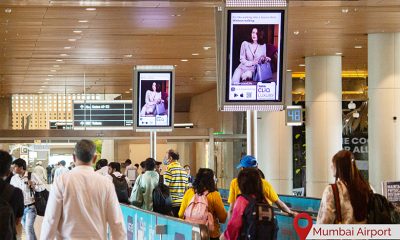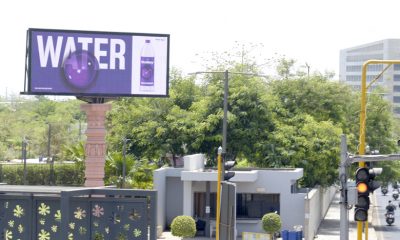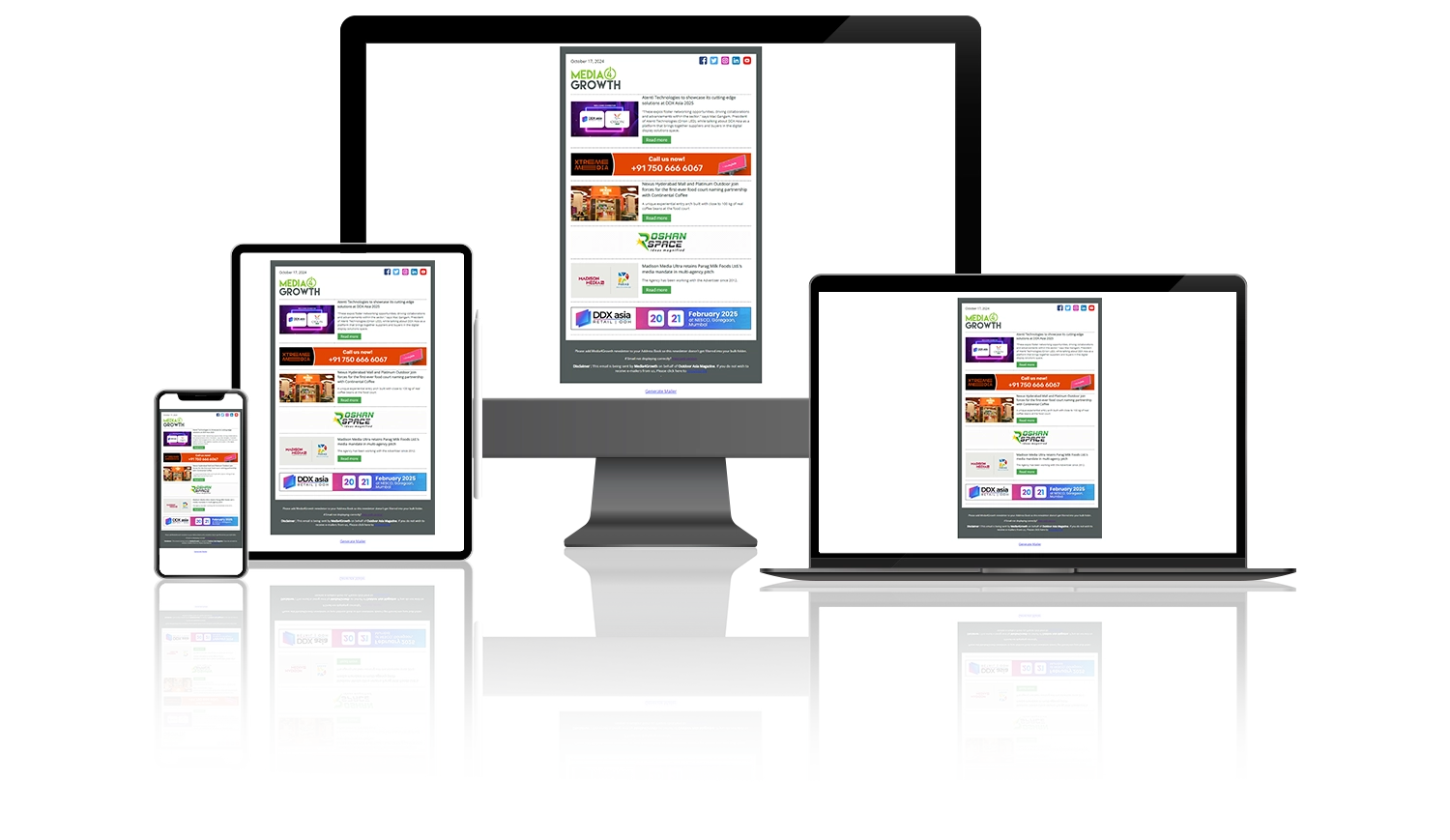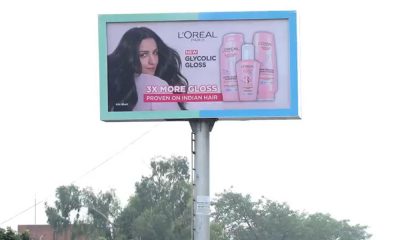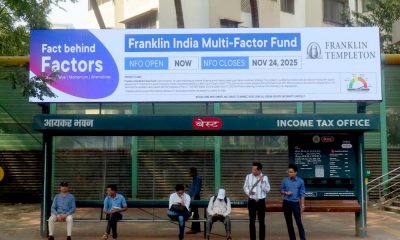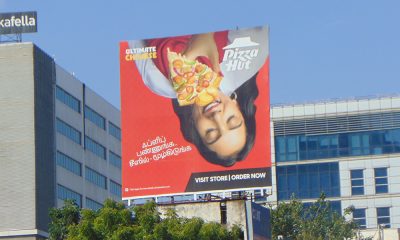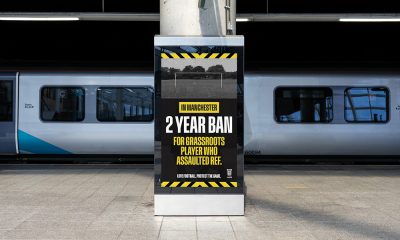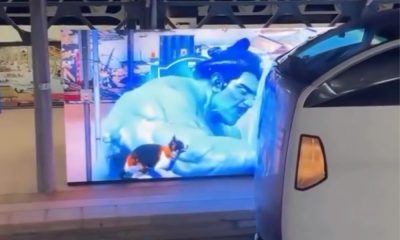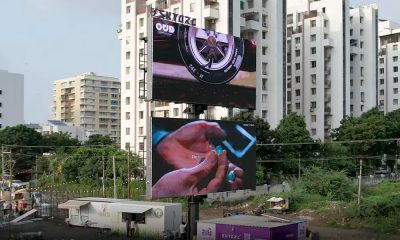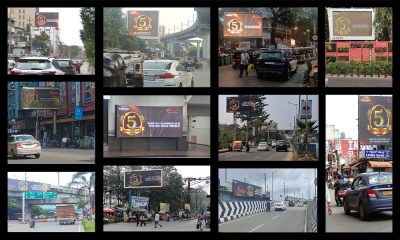Insights
From billboards to landmarks: Aman Nanda on the future of transit OOH
Aman Nanda shares his perspective on how transit OOH is evolving from advertising to urban storytelling.


In India’s rapidly changing urban landscape, transit infrastructure is no longer just about moving people from one point to another. With metros, airports, and expressways expanding across cities, public spaces are turning into high-value engagement zones. Against this backdrop, transit Out-of-Home (OOH) advertising is being redefined—not as clutter, but as an integral element of city design.
Aman Nanda, Chief Strategy Officer and Head of Marketing at Times OOH, shared his insights on how transit OOH has evolved into what he calls “infrastructural storytelling.” As he put it, “Iconic transit OOH doesn’t just decorate a space, it defines it.”
OO as civic identity
Aman believes that transit OOH, when executed thoughtfully, extends beyond commercial promotion. It can become part of the cultural and civic fabric of a city. “Done right, transit OOH can move beyond commercial space—it can serve as public art, civic services, and tourist hubs,” he said.
Examples like the renaming of the Western Express Highway Metro Station for a campaign or a real piano being played on a Delhi billboard, he argued, show that these initiatives go beyond campaign metrics. “It’s a cultural moment. It’s a statement that brands can build city icons,” Aman explained.
What it takes to create an OOH landmark
For OOH to achieve landmark status, Aman stressed that it must blend creativity, relevance, engineering, and public value. “At the heart of every OOH landmark is a strong, imaginative concept,” he said.
He pointed to anamorphic billboards at Chennai International Airport as an example of this shift. “These innovations don’t just capture attention—they make you pause, invite interaction, and generate organic virality on social media. They convert the functional into the phenomenal,” Aman noted.
But creativity alone isn’t enough. Collaboration with urban authorities and stakeholders is critical. According to Aman, “To achieve landmark status, it is essential for media owners, brands, creative agencies, and government bodies to co-create rather than operate in silos.”
He also emphasized that true iconicity cannot be achieved with generic formats. “It demands technological innovation, architectural customization, and often, monumental scale,” Aman said, citing examples like L-shaped digital bus shelters in Bangalore and vertical green wall installations at international airports.
From movement to memory
Transit spaces are where people spend time—waiting, scrolling, or reflecting—and that makes them powerful platforms for lasting impact. “A metro station that wears a campaign wrap for 5 or more years becomes part of people’s morning memory. An iconic installation on a flyway becomes a geographic reference,” Aman explained. In such cases, OOH becomes “mental real estate,” inseparable from the city itself.
The road ahead
For Aman, the future of transit OOH lies in creating city landmarks that resonate locally while meeting global standards. “The most effective transit OOH campaigns are deeply contextual—they speak the language of the city, echo its culture, and resonate with its people,” he said.
But he was quick to add that ambition and execution quality matter too. “It’s time brands ask not just for reach, but for resonance. It’s time OOH players aim not just to fill space, but to define the skyline,” Aman argued.
In his view, redefining transit media as urban icons doesn’t just elevate OOH—it elevates the cities themselves.
-

 Markets in Focus
Markets in Focus“Static billboards still deliver massive reach and remain the backbone of UP OOH”
-

 Associations
AssociationsBroadsign announces acquisition of Place Exchange
-

 Company News
Company NewsDoohClick partners with Quividi for measurement in DOOH and Retail Media
-

 Creative Concepts
Creative ConceptsMyntra M-Now celebrates its 1st Birthday with ‘Edible Billboard’ activation


